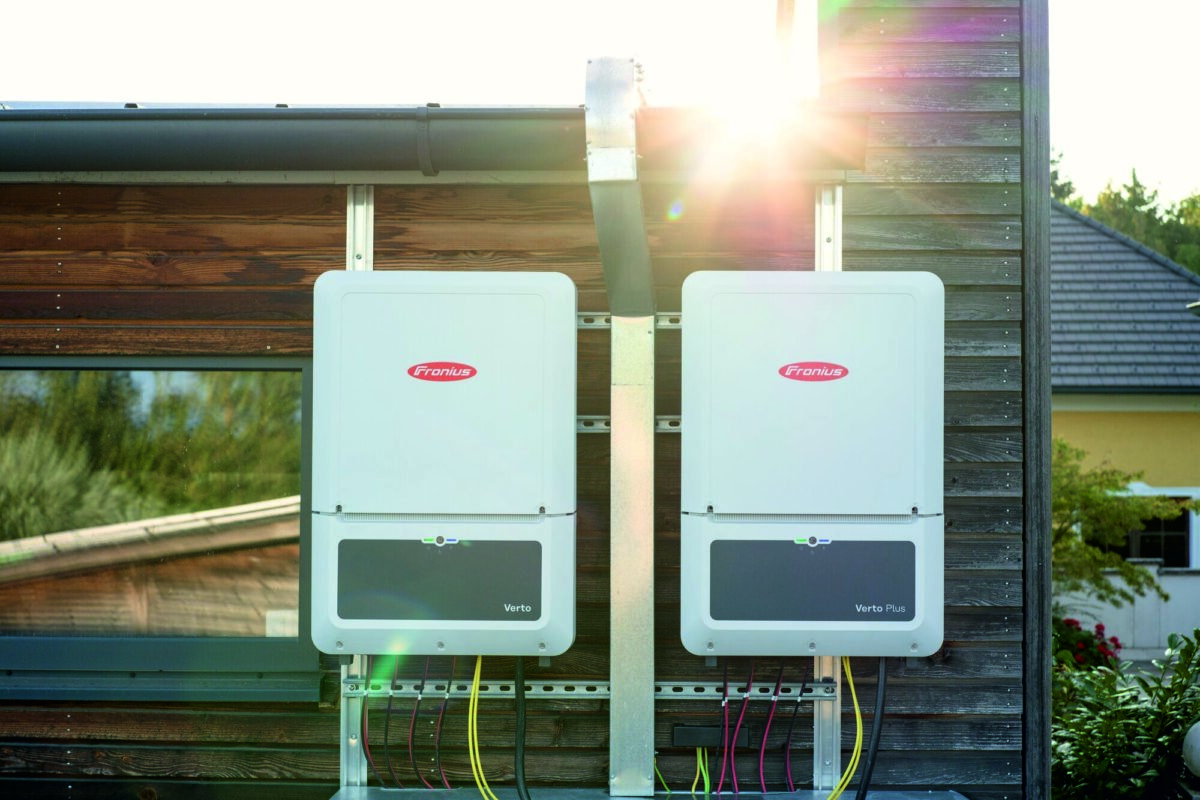A vertical solar array in Norway was found to be more profitable in February than a comparative horizontal solar system was in June.
The 248 kW system deployed on top of Oslo’s Ullevaal Stadium has now been operational for over six months. It features 1,242 vertical solar cells, developed and supplied by Norwegian start-up Over Easy Solar, capable of producing almost 220,000 kWh annually.
Analysis carried out by Over Easy Solar to assess the array’s profitability calculated the money Ullevaal Stadium saves when compared to buying electricity at the spot price on the Norwegian market. The results found the system delivered slightly higher value per installed output than a similar horizontal system delivered last June.

Trygve Mongstad, CEO and Founder of Over Easy Solar, told pv magazine that as dynamic power prices peak early in the year and drop down in summer due to an ‘overflow’ in solar energy, vertical panels are capable of producing higher value per installed output than conventional mounting.
“Vertical panels, especially south-north oriented panels in northern latitudes, deliver a larger proportion of the energy during the late winter and early spring,” Mongstad explained, adding that this means financial yields from solar installations during the winter can be higher than in the summer.
In the analysis of Ullevaal Stadium, February proved to be four times more profitable than August due to much lower electricity prices in summer months. “This is kind of surprising, especially for Norway where most people believe that there ‘is no sun' in the winter,” Mongstad added.

According to reports in Norwegian energy magazine Europower, the results of Over Easy Solar’s analysis show that Ullevaal Stadium’s target for deploying a vertical solar system, which was to get more energy in late winter and early spring, is being met. Europower's report adds that a better distribution of electricity production across the year means the stadium is able to use more of the electricity itself, saving from network rent and electricity fees.
In January, a case study analysis by Over Easy Solar found vertical rooftop arrays outperform conventional rooftop systems during snowy months, with energy yield up to 30% higher during winter in Norway.
This content is protected by copyright and may not be reused. If you want to cooperate with us and would like to reuse some of our content, please contact: editors@pv-magazine.com.




By submitting this form you agree to pv magazine using your data for the purposes of publishing your comment.
Your personal data will only be disclosed or otherwise transmitted to third parties for the purposes of spam filtering or if this is necessary for technical maintenance of the website. Any other transfer to third parties will not take place unless this is justified on the basis of applicable data protection regulations or if pv magazine is legally obliged to do so.
You may revoke this consent at any time with effect for the future, in which case your personal data will be deleted immediately. Otherwise, your data will be deleted if pv magazine has processed your request or the purpose of data storage is fulfilled.
Further information on data privacy can be found in our Data Protection Policy.